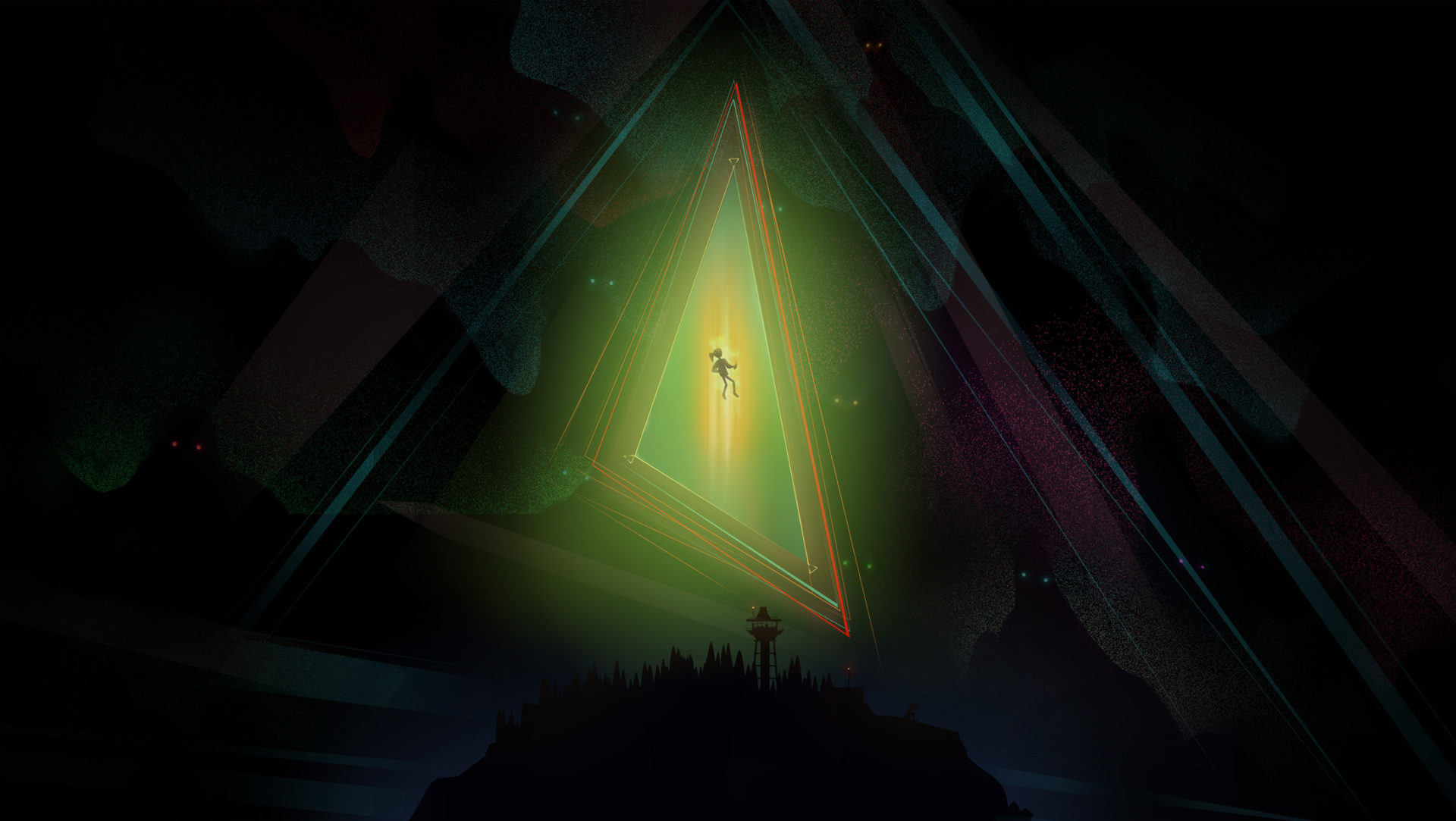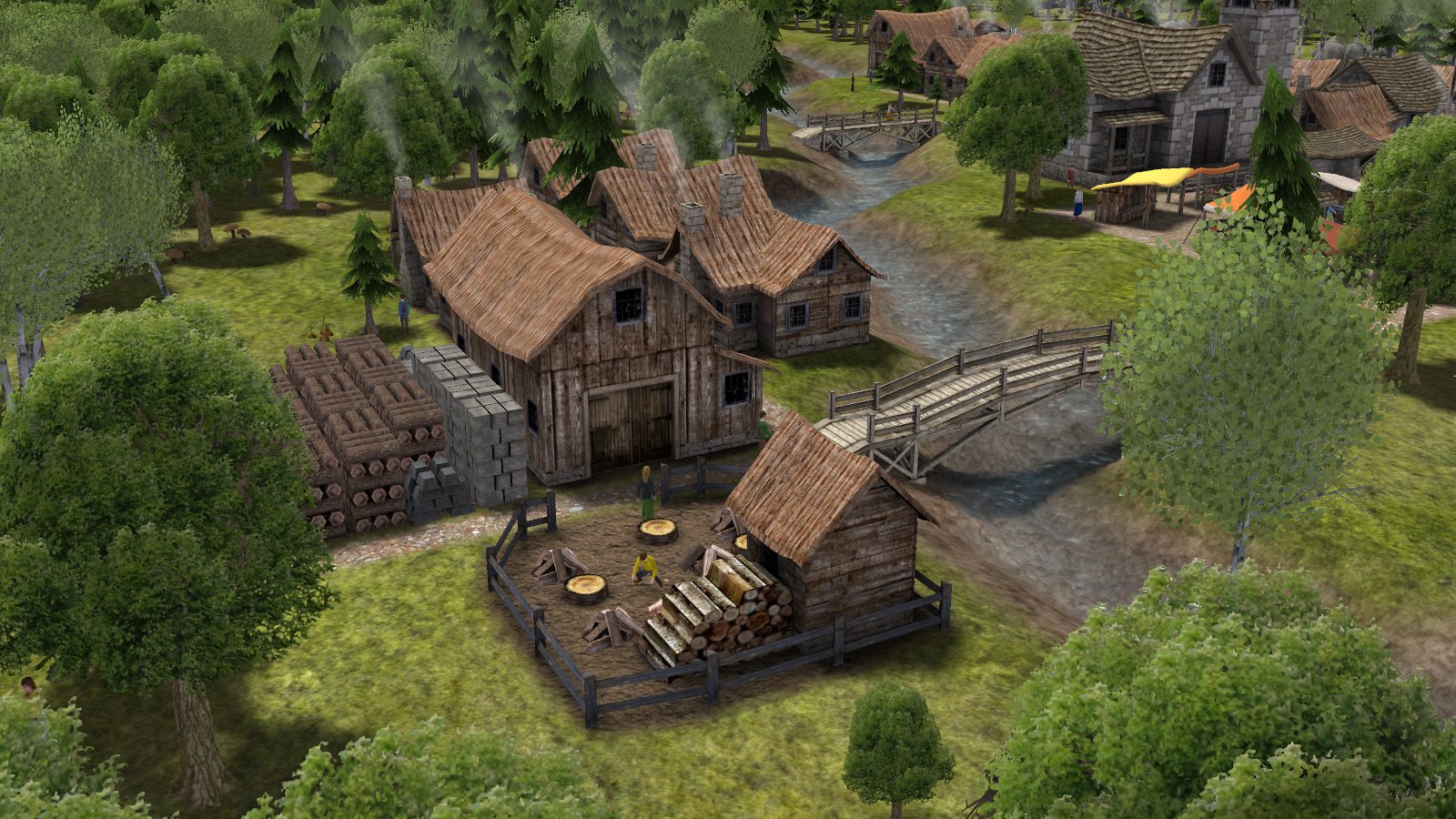Path of Honors — Thoughts behind the design of an interactive history
Path of Honors (here at my Twine site on philome.la) is an experimental interactive history that I am designing in bits and pieces. The plan is to model an aristocratic Roman as he played the game of politics and sought to win election to offices and gain prestige and dignity forContinue Reading
Banished: Towards a Playable Human Ecology
At first glance, Banished feels pretty familiar for gamers who grew up playing things like Age of Empires. You start with a small stock of supplies and a few workers standing around in the wilderness. Your task is to efficiently convert that wilderness into a late-medieval settlement. I was initiallyContinue Reading
Path of Honors Update
As I noted in my last post Meaningful Choices – (Twine Developer Diary) – Part 3, I have been working on developing my own Twine interactive history alongside the projects my students are designing. With the winter vacation, I’m hoping to post an update on the student projects and another analysis ofContinue Reading
Oxenfree, Memory, and Public History
Oxenfree is not a game you’d immediately associate with history. The adventure game, released on various platforms in the first half of 2016, follows five teenagers as they visit an island for a party but soon become involved with a supernatural presence. Without giving too much away, the groupContinue Reading
From line-end formula to aristeia: how an epic ruleset goes from mechanic to theme
In my last post I discussed the most basic rule of the epic game: kleos. Oral epic developed in such a way as to provide glory to heroes by naming them at the end of the poetic line. Now I’m going to push forward and show how that simple mechanic WhenContinue Reading
Meaningful Choices – (Twine Developer Diary) – Part 3
This is the third in a series of posts intended to get readers thinking more about interactive text as a tool for history education and how students might be enabled to design their own researched, text-based historical simulation games using the interactive fiction design tool, Twine. The first post discussed the differences betweenContinue Reading
Creating Interactive Histories in History Class (Twine Teacher Diary)
This is the second in a series of posts intended to get readers thinking more about interactive text as a tool for history education and how students might be enabled to design their own researched, text-based historical simulation games using the interactive fiction design tool, Twine. Last week’s post discussed theContinue Reading
Twine, Inform, and Designing Interactive History Texts
This is the first in a series of posts intended to get readers thinking more about interactive text as a tool for history and how students might be enabled to design their own researched text-based historical simulation games using the interactive fiction design tool, Twine. Why Interactive History TextsContinue Reading
Banished: It Takes a Village to Raise a Surplus
This article is part four of a four-part series on the future of quantification in history. For the thematic introduction to the series, please click here. Or click on the following links for part one, part two, or part three. Kaplunk: “Your reserve in tools is low.” Kaplunk: “Your reserve inContinue Reading
The line-end formula, smoking gun of play-mechanics in oral epic
Part of a series on the educational affordances of interactive narrative. ba da Bum ba da Bum bum Podas ōkus Akhilleus (pronounce the final “eu” as “yoo” if you have to—it’s a diphthong: the final Bum). Polumētis Odysseus (same here). “Swift-footed Achilles.” “Cunning Odysseus.” These are line-end formulas. Think ofContinue Reading







